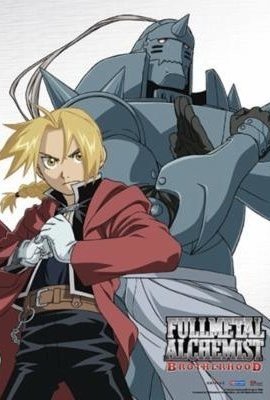
World of Tanks Blitz
Games and Entertainment
App
World of Tanks Blitz is a free-to-play mobile MMO action game developed by Wargaming, the...

Sund Mave - low FODMAP diet
Food & Drink and Health & Fitness
App
Med appen Sund Mave får du en komplet guide til low FODMAP diet, herunder en grundig forklaring af...

Smoothie Recipes+ by Food4Friends
Food & Drink and Lifestyle
App
Fresh juice drinks and smoothies are extremely tempting. They've got the looks, are healthy and on...

Italiensk Vinguide
Food & Drink and Book
App
Få mere end 1.700 italienske vine fra 200 vinzoner direkte i din lomme med den effektive app til...

60.000 Rezepte von Kochmeister
Food & Drink and Lifestyle
App
Jetzt über 66-TAUSEND REZEPTE NOCH GÜNSTIGER FÜR NUR 89 Cent!!! 5-Sterne TOP APP bei iPhone&Co...

AK Baby & Toddler Recipe App
Food & Drink and Lifestyle
App
Introducing the ultimate toddler & baby food recipe app from the UK’s No.1 children’s cookery...

Yummly Recipes & Recipe Box
Food & Drink and Lifestyle
App
Yummly is your smart cooking sidekick, offering personalized guidance every step of the way. From...

Baby Panda's Supermarket - Grocery Store
Education and Games
App
Welcome to the cutest store in town! Kiki, our little panda, his mom and some of his friends are...

